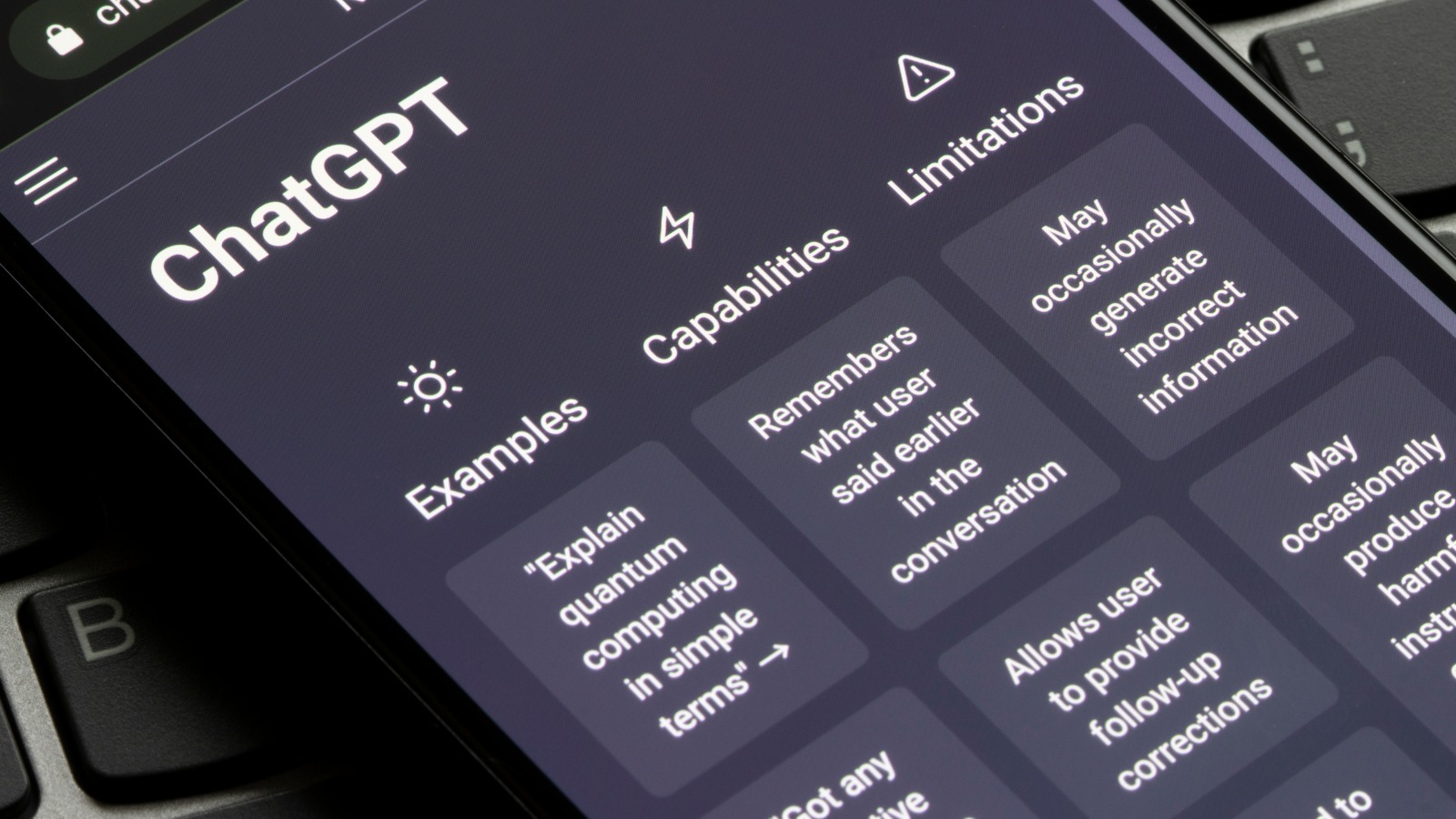The world of artificial intelligence has seen rapid advancements, with natural language processing (NLP) models playing a pivotal role in transforming the way we interact with technology. Among these, Chat GPT stands out as a groundbreaking innovation that has revolutionized human-computer communication. As AI technology continues to evolve, the influence of AI Chat GPT is becoming increasingly evident across various sectors, from customer service to content creation.
Chat GPT, developed by OpenAI, is a sophisticated language model that uses deep learning techniques to generate human-like text responses based on the input it receives. The model has been trained on vast datasets, allowing it to understand and respond to a wide range of queries with remarkable accuracy. The ability of Chat GPT to engage in coherent and contextually relevant conversations has made it a valuable tool for businesses, educators, and individuals alike.
One of the most significant developments in the realm of Chat GPT is its application in customer service. Companies are increasingly adopting AI-driven chatbots to handle customer inquiries, offering 24/7 support without the need for human intervention. This not only reduces operational costs but also enhances the customer experience by providing instant responses to common questions. Recent updates to Chat GPT have improved its ability to understand nuanced language, making it even more effective in addressing complex customer issues.
In addition to customer service, Chat GPT has made a substantial impact on content creation. Bloggers, marketers, and writers are leveraging the model to generate ideas, draft articles, and even create entire pieces of content. The AI’s ability to produce coherent text based on specific prompts has streamlined the content creation process, allowing creators to focus on refining and personalizing their work. Moreover, the model’s adaptability to different writing styles and tones ensures that the generated content aligns with the intended audience.
The educational sector has also seen the benefits of Chat GPT. Educators are using AI to create interactive learning experiences, develop study materials, and even assist with grading. The model’s capacity to provide personalized feedback and explanations has the potential to enhance the learning process for students, particularly in remote and digital learning environments. As online education continues to grow, the role of AI in supporting both teachers and students is becoming increasingly important.
Despite its many advantages, the rise of Chat GPT has sparked debates about ethical considerations and the potential for misuse. Concerns about the model generating biased or inappropriate content have led to ongoing efforts to refine and regulate its outputs. OpenAI has implemented safety measures to mitigate these risks, but the conversation around responsible AI use remains a crucial aspect of the technology’s development.
Looking ahead, the future of Chat GPT and similar AI models is bright, with continuous advancements expected in the coming years. As the technology matures, we can anticipate even more sophisticated applications, from personalized virtual assistants to AI-driven creativity tools. The evolution of Chat GPT not only reflects the progress of AI but also highlights the growing importance of ethical considerations in the development and deployment of artificial intelligence.






